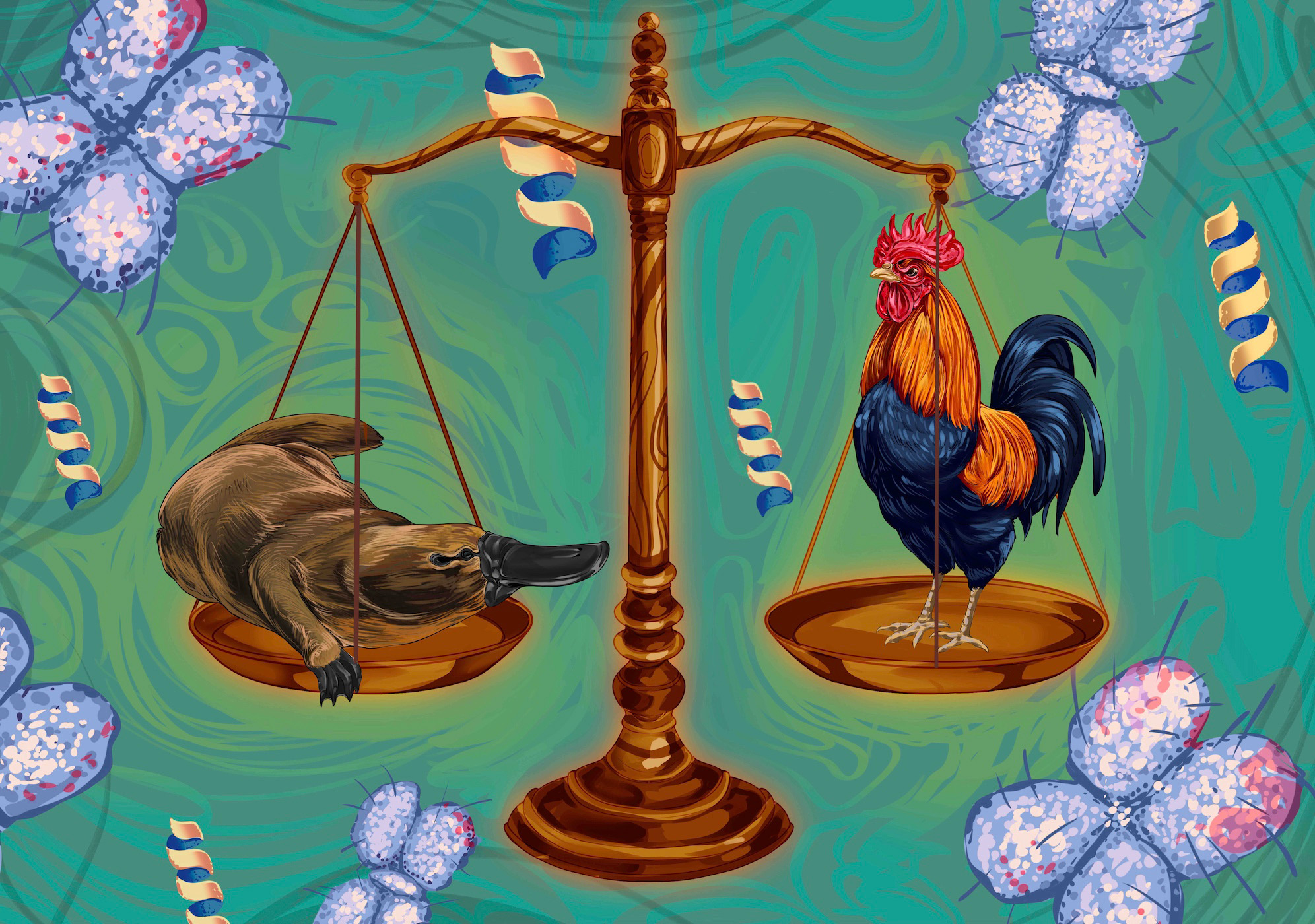"Informed AI News" is an publications aggregation platform, ensuring you only gain the most valuable information, to eliminate information asymmetry and break through the limits of information cocoons. Find out more >>
New Dose Compensation Mechanism Discovered in Platypus and Chicken Chromosomes
- summary
- score

Researchers at the University of New South Wales studied platypus and chicken sex chromosomes, discovering fundamental differences in male and female biological processes. Their findings, published in PNAS, reveal a new dose compensation mechanism, distinct from humans.
In humans, females possess two X chromosomes, while males have one X and one Y. To maintain balance, one X in females is silenced, preventing them from producing twice the X protein of males.
Platypuses feature a unique system: females with five Xs, males with a mix of five Xs and Ys. Chickens utilize a ZW system, where males have two Zs and females one Z and one W. These systems exhibit mRNA imbalance between sexes but achieve protein balance through a novel dose compensation process.
This discovery challenges the notion that dose compensation only occurs at the mRNA level. It underscores the complexity of gene regulation and opens new avenues in understanding gene expression and protein production across species.
Future research will delve into these mechanisms, aiming to deepen our understanding of gene regulation and potentially lead to new therapies for diseases associated with protein dysfunction.
| Scores | Value | Explanation |
|---|---|---|
| Objectivity | 7 | Comprehensive reporting with balanced viewpoints and in-depth analysis. |
| Social Impact | 4 | Influences public opinion on biological research. |
| Credibility | 6 | Verified by multiple sources and published in PNAS. |
| Potential | 5 | High potential to lead to significant changes in gene research. |
| Practicality | 4 | Highly practical for direct application in gene regulation studies. |
| Entertainment Value | 2 | Slightly monotonous but includes scientific interest. |